In the world of healing diets, simplicity often holds the greatest power. The GAPS (Gut and Psychology Syndrome) diet, designed to nurture the gut and restore balance, demands a thoughtful approach to cooking—one that emphasizes nutrient-dense, wholesome ingredients. Enter the one-pot meal: a culinary strategy that marries convenience with nourishment, allowing busy cooks to create hearty, gut-friendly dishes without the fuss of multiple pots and pans. This article explores the art of crafting one-pot meals tailored to the GAPS diet, unlocking flavorful recipes that support digestion while saving time and effort in the kitchen. Whether you are new to GAPS or looking to diversify your menu, these meals promise a simple yet satisfying way to heal and thrive.
Table of Contents
- One-Pot Meals Simplified for GAPS Beginners
- Selecting Gut-Friendly Ingredients for Optimal Healing
- Balancing Nutrition and Flavor in Every Pot
- Step-by-Step Guide to Preparing GAPS Approved One-Pot Recipes
- Tips for Meal Prepping and Storing GAPS One-Pot Meals
- Q&A
- Insights and Conclusions
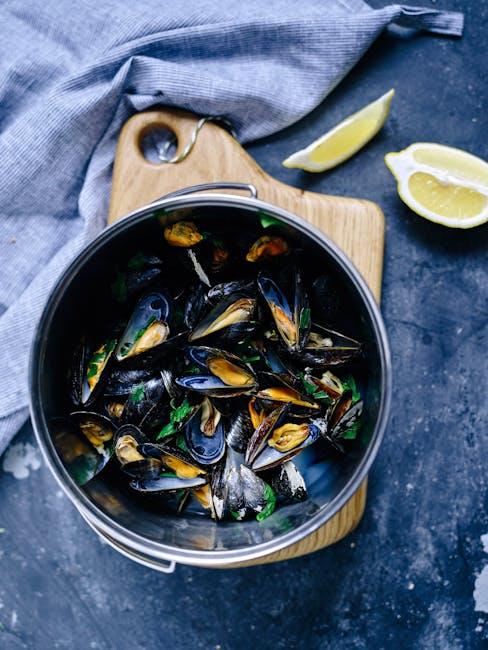
One-Pot Meals Simplified for GAPS Beginners
Embracing whole, nutrient-dense ingredients is the cornerstone of GAPS-friendly one-pot meals. These dishes allow you to combine fresh vegetables, quality proteins, and healing broths into a single pot, simplifying both preparation and cleanup. By focusing on slow cooking or gentle simmering, you preserve vital enzymes and nutrients, promoting gut health while delivering rich flavor. Whether it’s a savory bone broth stew or a vibrant vegetable medley with grass-fed meats, the beauty lies in layering ingredients that complement digestion and nourish the gut lining.
When crafting your one-pot creations, consider including these essential elements to stay aligned with GAPS principles:
- Animal fats and collagen: Incorporate bone broth or slow-simmered meats to help seal the gut.
- Fermented foods: Add a spoonful of fermented vegetables or yogurt on the side for probiotics.
- Low-starch vegetables: Include zucchini, carrots, and leafy greens to provide fiber without aggravating the digestive system.
| Ingredient | Benefit | Cooking Tip |
|---|---|---|
| Bone Broth | Healing collagen and minerals | Simmer for 12-24 hours for maximum extraction |
| Grass-fed Chicken | Rich protein and healthy fats | Use thighs or legs for tastier broth |
| Zucchini | Gentle fiber, easy to digest | Add in the last 30 minutes to retain nutrients |
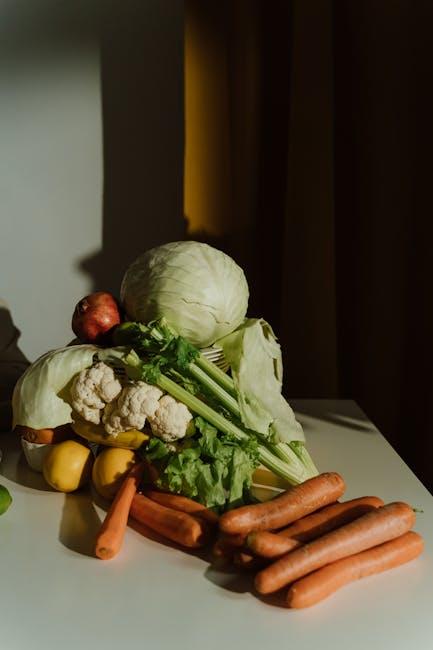
Selecting Gut-Friendly Ingredients for Optimal Healing
Choosing the right ingredients lays the foundation for successful gut healing, especially when working within the framework of the GAPS diet. It’s essential to focus on whole, nutrient-dense foods that naturally support digestive health and reduce inflammation. Incorporate bone broth, fermented vegetables like sauerkraut and kimchi, and plenty of organic, grass-fed meats. These ingredients are packed with amino acids, probiotics, and micronutrients that nurture the gut lining and restore digestive balance. Avoiding processed sugars, grains, and starchy carbohydrates helps minimize irritation and allows your gut to mend effectively.
Balancing macronutrients and fiber types is equally important for optimal healing. Utilizing a mix of detoxifying herbs, such as ginger and turmeric, can enhance nutrient absorption and soothe the digestive tract during cooking. Here’s a quick checklist of gut-friendly ingredients to keep in your pantry:
- Collagen-rich bone broth
- Fermented foods (sauerkraut, kefir, yogurt)
- Organic pasture-raised meats
- Ginger and turmeric for anti-inflammatory benefits
- Low-starch vegetables like spinach, zucchini, and carrots
| Ingredient | Gut Healing Benefit | Use in One-Pot Meals |
|---|---|---|
| Bone broth | Rebuilds gut lining with collagen | Base for soups and stews |
| Fermented vegetables | Provides probiotics for digestion | Added as a side or mix-in |
| Ginger | Reduces inflammation and aids digestion | Infused in broth or sauces |
| Pasture-raised meats | Supports immune function with high-quality fats | Protein source in stews and casseroles |
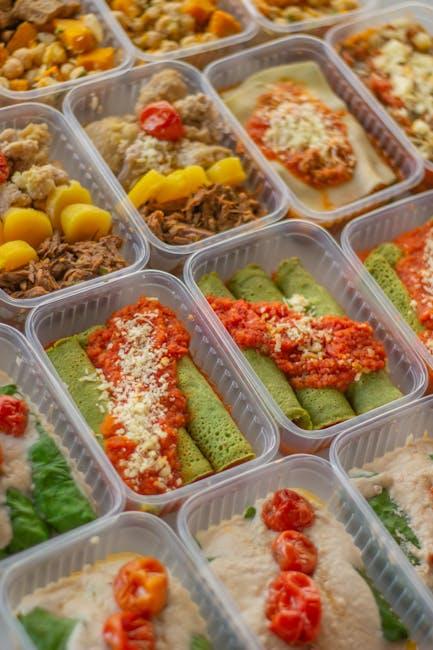
Balancing Nutrition and Flavor in Every Pot
Crafting one-pot meals that honor both the principles of the GAPS diet and the palate requires a thoughtful approach to ingredient selection. Prioritizing whole foods like pasture-raised meats, fresh vegetables, and nourishing bone broths lays a solid foundation for gut healing. Balancing textures and natural sweetness from root vegetables or fermented sides can elevate the dining experience without compromising digestion. Infusing meals with herbs such as thyme and rosemary not only enhances flavor but also introduces gentle herbal benefits that complement the diet’s gut-repairing focus.
To make these meals consistently satisfying, consider layering flavors while respecting GAPS constraints. For example:
- Start with aromatic bases like sautéed garlic and onion
- Add nutrient-dense proteins such as chicken or fish
- Include a variety of colorful, gut-friendly vegetables
- Finish with a splash of fermented foods to introduce probiotics
| Flavor Element | GAPS-Friendly Sources |
|---|---|
| Umami | Bone broth, fermented fish sauce |
| Sweetness | Carrots, butternut squash |
| Herbal Notes | Thyme, bay leaves |
Through mindful combination and seasoning, each pot becomes a balanced symphony of nutrition and taste designed to restore and delight in equal measure.
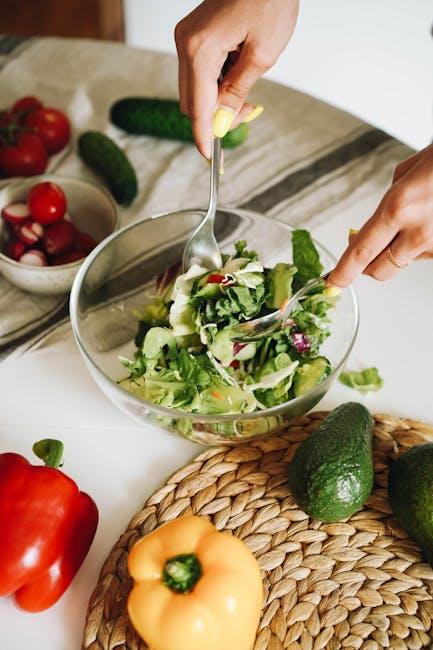
Step-by-Step Guide to Preparing GAPS Approved One-Pot Recipes
Creating a wholesome GAPS-approved one-pot meal begins with selecting high-quality, gut-healing ingredients that align with the diet’s guidelines. Start by choosing a variety of fresh, organic vegetables such as zucchini, carrots, and leafy greens, along with bone broth or homemade stock as the liquid base. Proteins like grass-fed beef, pasture-raised chicken, or wild-caught fish should be gently cooked together to preserve nutrients and maximize flavor. It’s essential to layer your ingredients thoughtfully—dense vegetables and tougher cuts of meat go in first to ensure even cooking, while delicate greens and herbs should be added last to maintain their vibrant properties.
When it comes to seasoning, opt for natural, gut-friendly options like fresh garlic, turmeric, and ginger, avoiding any processed spices or additives. Use a slow simmer or gentle heat to allow the flavors to meld beautifully without overcooking. Here’s a quick breakdown to help you organize your cooking process effectively:
| Step | Action | Notes |
|---|---|---|
| 1 | Select and prepare fresh ingredients | Wash, chop, and portion |
| 2 | Sauté aromatics (onion, garlic) | Use cooking fat like ghee or coconut oil |
| 3 | Add main proteins and brown | Build flavor foundation |
| 4 | Pour in bone broth or stock | Cover ingredients to simmer |
| 5 | Include hard vegetables first | Simmer until tender |
| 6 | Add soft greens and seasonings | Finish with herbs just before serving |
- Tip: Avoid condiments or sauces with hidden sugars and preservatives.
- Tip: Use fresh herbs like parsley or dill to enhance digestion.
- Tip: Make large batches and store for easy reheating, reducing kitchen time and waste.
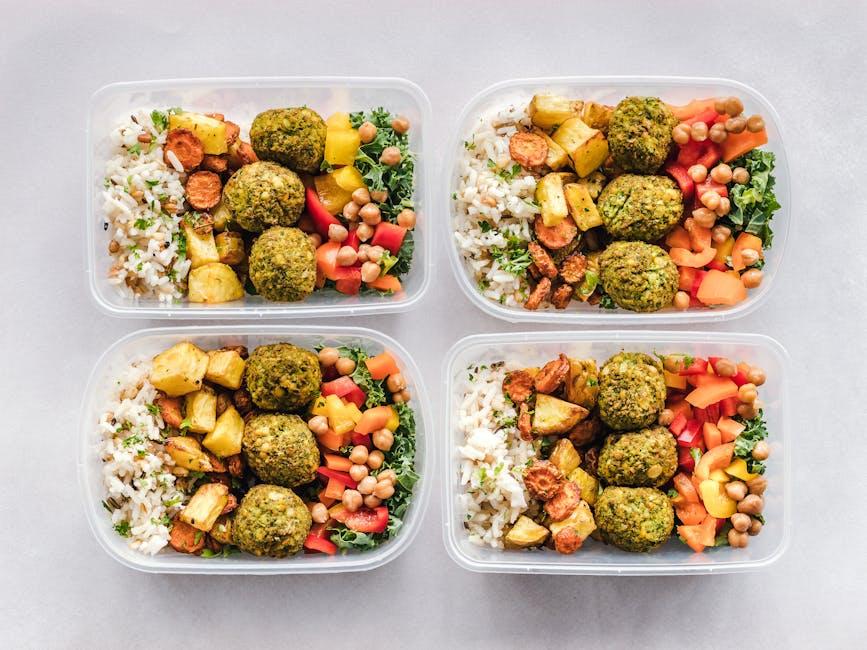
Tips for Meal Prepping and Storing GAPS One-Pot Meals
Maximize your GAPS one-pot meal efficiency by prepping ingredients in bulk. Chop your vegetables, soak nuts, and pre-cook bone broth ahead of time. Store these staples in airtight containers to maintain their freshness. When it’s mealtime, simply combine your pre-portioned ingredients and simmer — saving time while keeping nutritional integrity intact. Consider using glass jars for storing prepped veggies; they keep foods crisp and are eco-friendly.
Proper storage is crucial to preserve the flavors and gut-healing properties of your meals. Cool your dishes completely before refrigerating to avoid condensation that can cause spoilage. Freeze leftovers in portioned BPA-free containers, labeling them with dates to ensure rotation. For soups and stews, leave some headspace in containers to accommodate expansion. Below is a quick reference for storage durations of typical GAPS one-pot meal components:
| Item | Refrigeration | Freezing |
|---|---|---|
| Cooked Bone Broth | 3-5 days | 3-6 months |
| Vegetable Mix | 3-4 days | 2-3 months |
| Meat Stews | 2-3 days | 2-4 months |
- Tip: Always thaw frozen meals in the refrigerator overnight rather than microwaving to protect delicate nutrients.
- Tip: Use silicone freezer bags for space-saving storage and easy portion control.
Q&A
Q: What exactly is the GAPS diet, and why might one-pot meals be a good fit for it?
A: The GAPS diet—Gut and Psychology Syndrome diet—is designed to support digestive health by focusing on nutrient-dense, whole foods that are easy to digest. One-pot meals align perfectly with this philosophy because they allow for slow cooking of wholesome ingredients, helping to break down tough fibers and concentrate flavors, which can be soothing for sensitive digestive systems. Plus, they simplify meal prep, making it easier to stick with the diet consistently.
Q: What kinds of one-pot meals work best for the GAPS diet?
A: Hearty soups, stews, bone broths, and casseroles are excellent choices. These dishes typically combine meats, vegetables, and homemade broths cooked slowly to maximize nutrient extraction and create gut-friendly meals. For example, a slow-simmered chicken stew with carrots, onions, and herbs can provide both nourishment and comfort in one pot.
Q: Are there specific ingredients to avoid or include in GAPS-friendly one-pot meals?
A: Yes, the diet avoids grains, refined sugars, and processed foods, so your one-pot recipes should steer clear of ingredients like wheat, rice, and commercial sauces full of additives. Instead, emphasize organic vegetables, quality meats, fermented foods, and homemade stocks. Garlic, ginger, and probiotic-rich elements can also be added to enhance digestion and flavor.
Q: How can one-pot meals be adapted for different stages of the GAPS diet?
A: Early stages of GAPS call for very simple, easy-to-digest meals—think clear broths with finely chopped greens and tender meats. As you progress, you can incorporate more complex ingredients like fermented vegetables and fibrous veggies, making your one-pot meals richer and more textured. Adjust cooking times and ingredient combinations to match your current tolerance.
Q: What are some tips for maximizing nutrition while cooking one-pot GAPS meals?
A: Use slow, gentle cooking methods like simmering or braising to preserve probiotics and nutrients. Avoid overcooking vegetables to retain their vitamins. Incorporate homemade bone broth as the base to infuse meals with collagen and minerals. Lastly, balance your meals by combining proteins, fats, and vegetables to create satisfying, gut-healing dishes.
Q: Can one-pot GAPS meals save time in meal preparation?
A: Absolutely. One-pot cooking reduces the number of dishes to clean and streamlines the cooking process. You can prep ingredients ahead of time, then let the pot simmer while you focus on other tasks. This convenience makes it easier to maintain the GAPS diet, especially for busy households seeking gut-friendly nutrition without the fuss.
Insights and Conclusions
Embracing the GAPS diet doesn’t mean spending hours in the kitchen or juggling multiple pots and pans. With one-pot meals, simplicity meets nourishment in perfect harmony—each dish a comforting, healing embrace for your gut and your taste buds alike. Whether you’re a seasoned GAPS follower or just beginning your journey, these wholesome, easy-to-make recipes are proof that wellness can come from straightforward, humble beginnings. So, gather your ingredients, ignite the stove, and let your one-pot creations be a delicious step toward better health—one flavorful bite at a time.







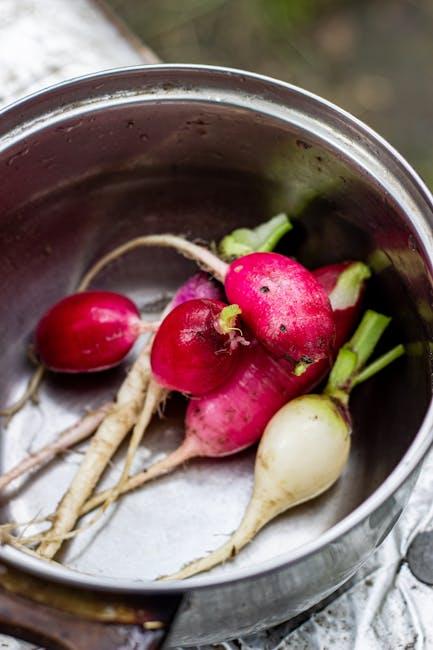

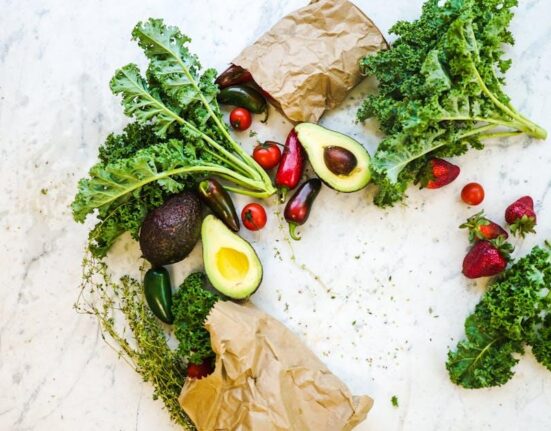
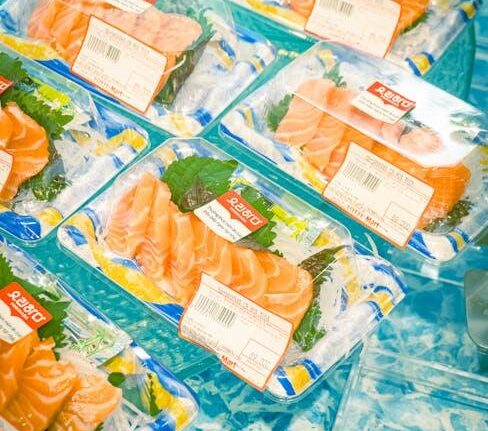
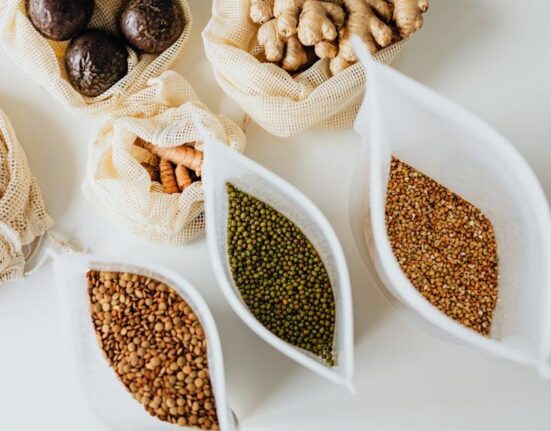

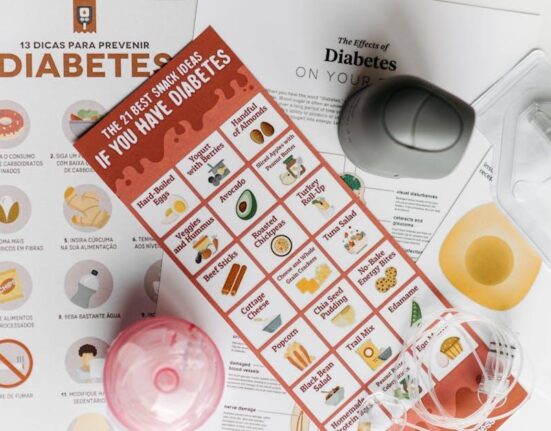
Leave feedback about this